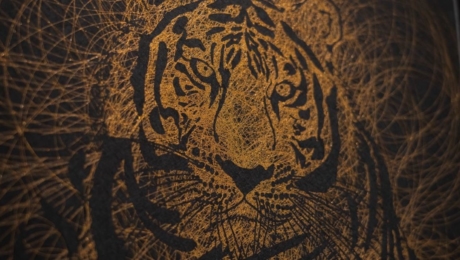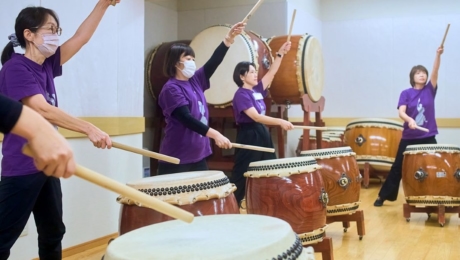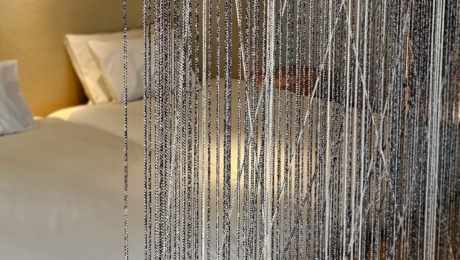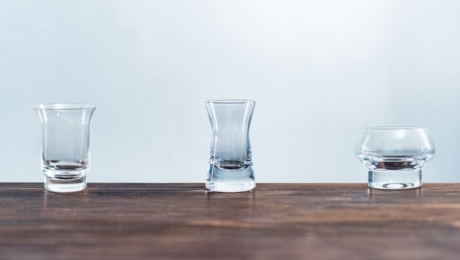
Noritaka Tatehana reflects about art, what is the concept of “Past and Future” for the EDO TOKYO RETHINK EXHIBITION? (Part2/2)
2020.02.17
LIFEModern Japan is based on the culture inherited from the past of the country. How to define it?
Tatehana went to Tokyo University of Arts, where he studied traditional Japanese crafts. He became a modern artist and is internationally renowned, but had he had any idea of Japan’s traditional culture and history? I asked for more information. “At that time, I was very interested in Western culture and the United States, I had a great appeal for Europe, so I was worried about how to become actively involved in this world. When I imagined my work, I wondered whether being Japanese could be an asset to take part in Western culture. So I tried to achieve something that only I could do. I decided to fight in this world drawing on the traditional Japanese culture where my senses and values were the most developed. I wanted to reconsider my identity by studying the Japanese culture in which I was born and grew up.”. It’s good to have a strong taste for the foreign world, but do we really grasp the culture, history and traditions of our country? Instead of merely seeking out foreign trends and cultures, though attractive at first glance, perhaps we should refocus on the culture and history that Japan has inherited. I think this is an opportunity to discover the culture that is emerging today and that will emerge tomorrow.
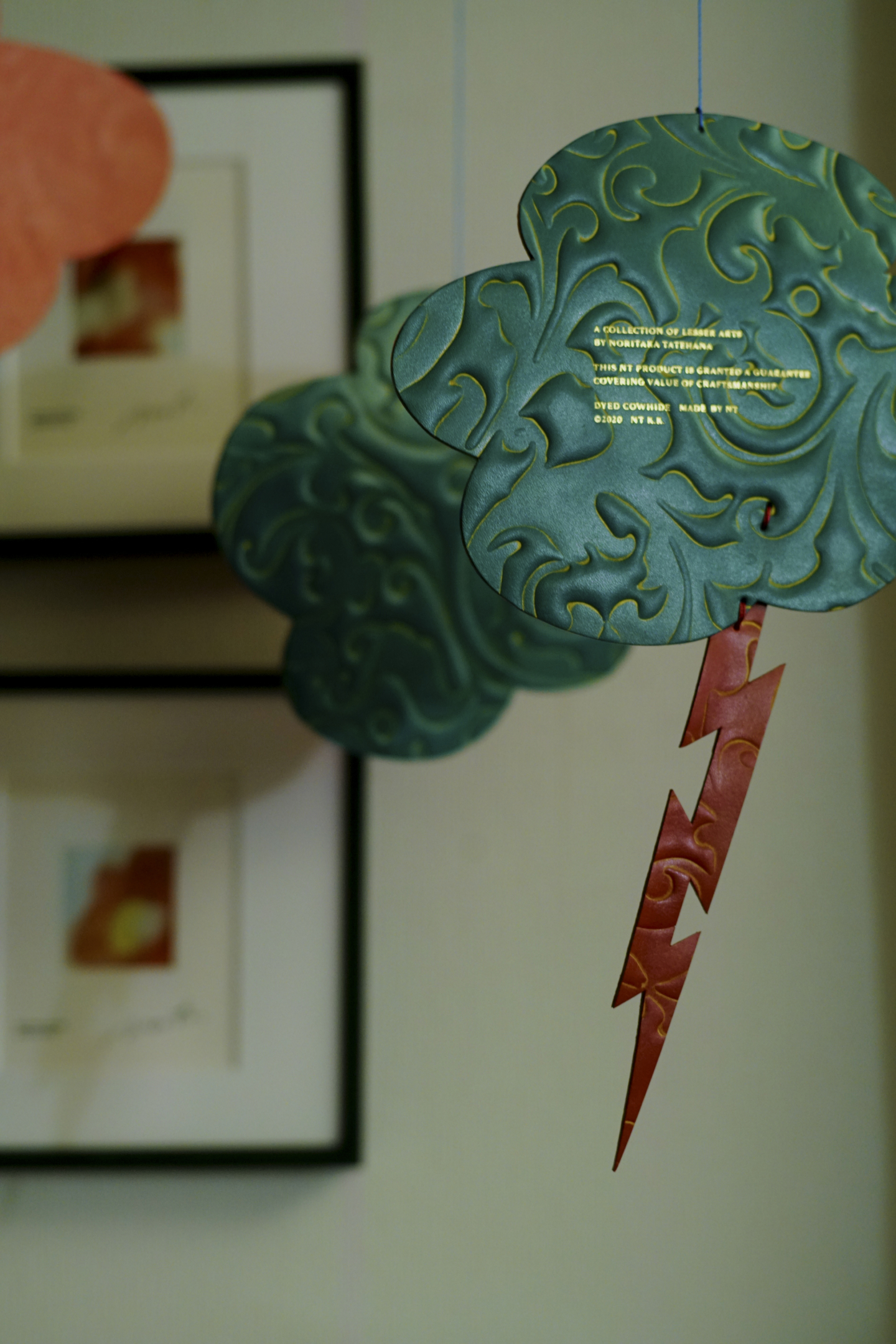
It is said that the “thunder clouds”, which are often seen as the reason for Tatehana’s work, represent the boundary between life and death.
“Art = complex concept”. Analyzing Japanese culture of the past and expressing it in the present “
This time, the heart of the matter is art. It is imbued with the charm of traditional industries and crafts, which often do not meet. The history that has been handed down and protected until now will be reborn as contemporary art under the artistic direction of Tatehana. “The challenge of this exhibition is to enhance the artistic dimension of handicrafts and to give them a value so that they can be present in everyday life as art. In addition, collaboration with various artisans involved in traditional industries is a great asset. I hope that this exhibition will offer a new perspective on things that have so far been valued only in a limited world, and that it will raise awareness of the value of traditional industries.”.
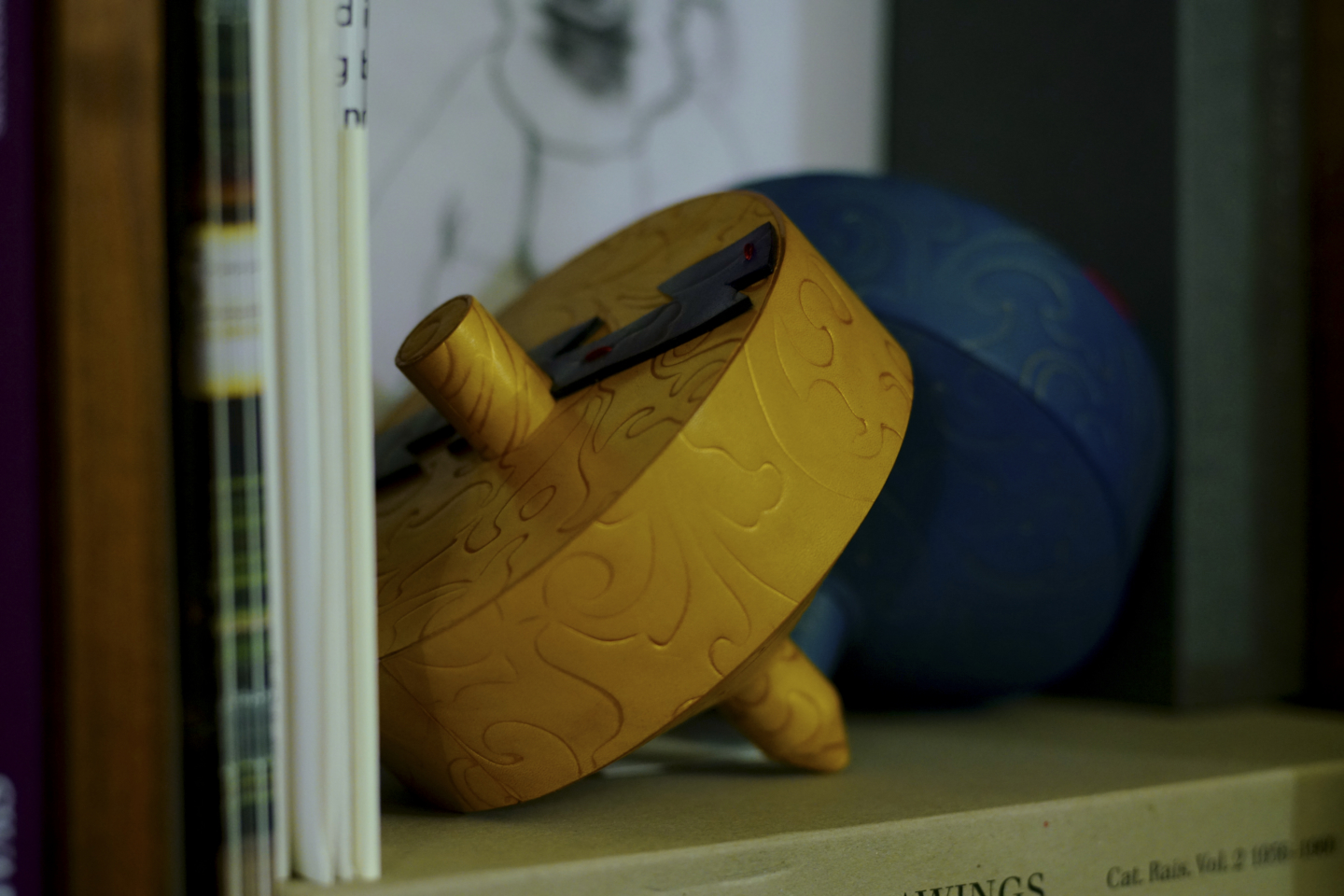
Tatehana’s workshop uses a variety of materials and tools, including dyeing and leather stamping.
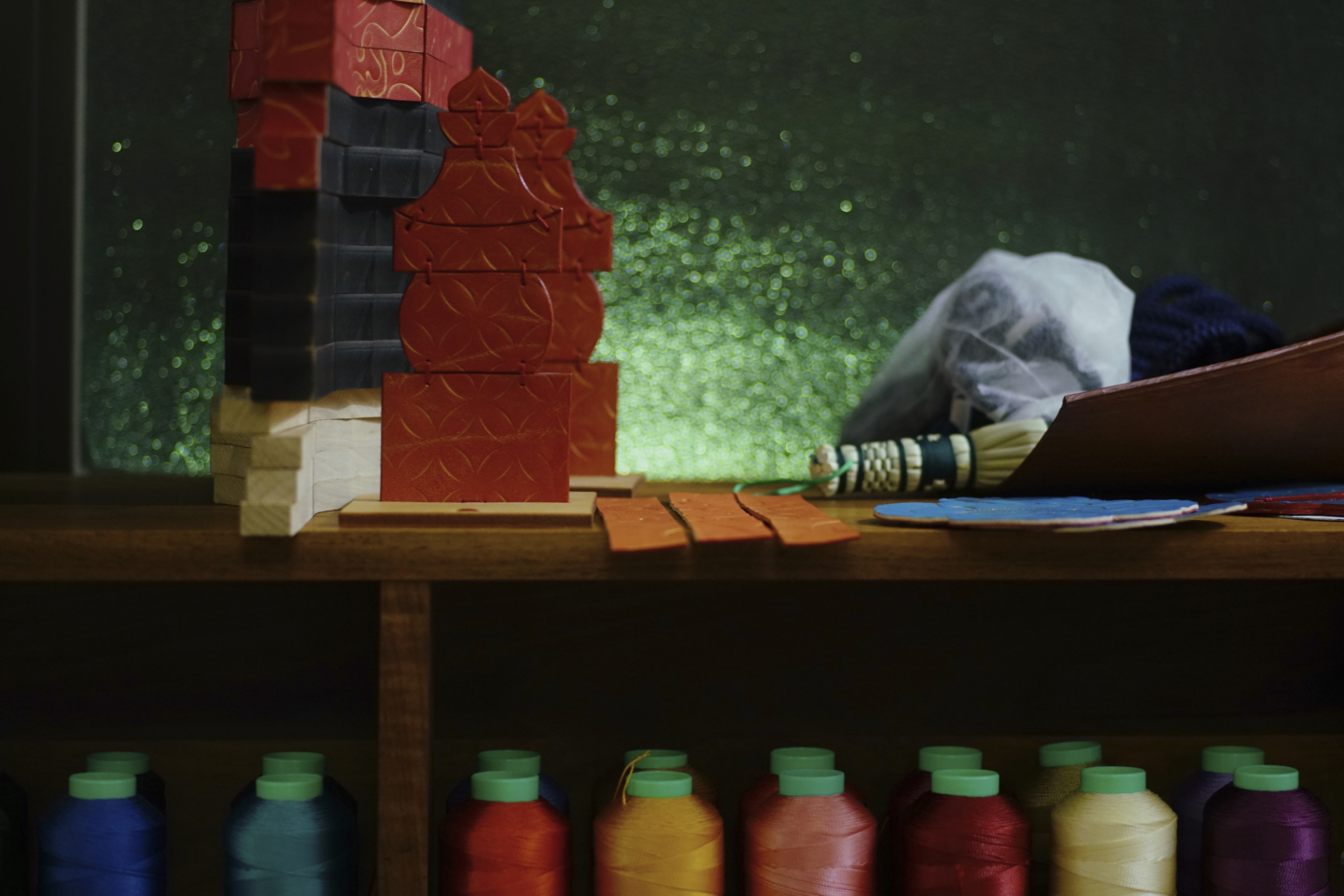
Craft production is a characteristic feature of Tatehana’s work and is carried out in the workshop by several members of staff.
What you feel when you look at the artwork is important. I want you to feel the story of the exhibition.
The title of the exhibition, “RETHINK” also recalls Tatehana’s creative philosophy. For him, what is “RETHINK” ? “This is exactly the process of creation in the artistic activity. To make the recipients try to find the answer, that is the role of art. In this project, we have traced Japanese culture from the past and expressed it in the present. I think it is my task to ask the “question” that connects what you feel and what you look at so that the viewer naturally considers the answer. There is a story that starts in the future and introduces the past. I hope that you will experience this and reflect. “Art” is a traditional craft that Tatehana is questioning. I hope to see the future of traditional industries.”.
Photo by Satomi Yamauchi
Top Photo:The interview took place in his workshop of Omotesando.


